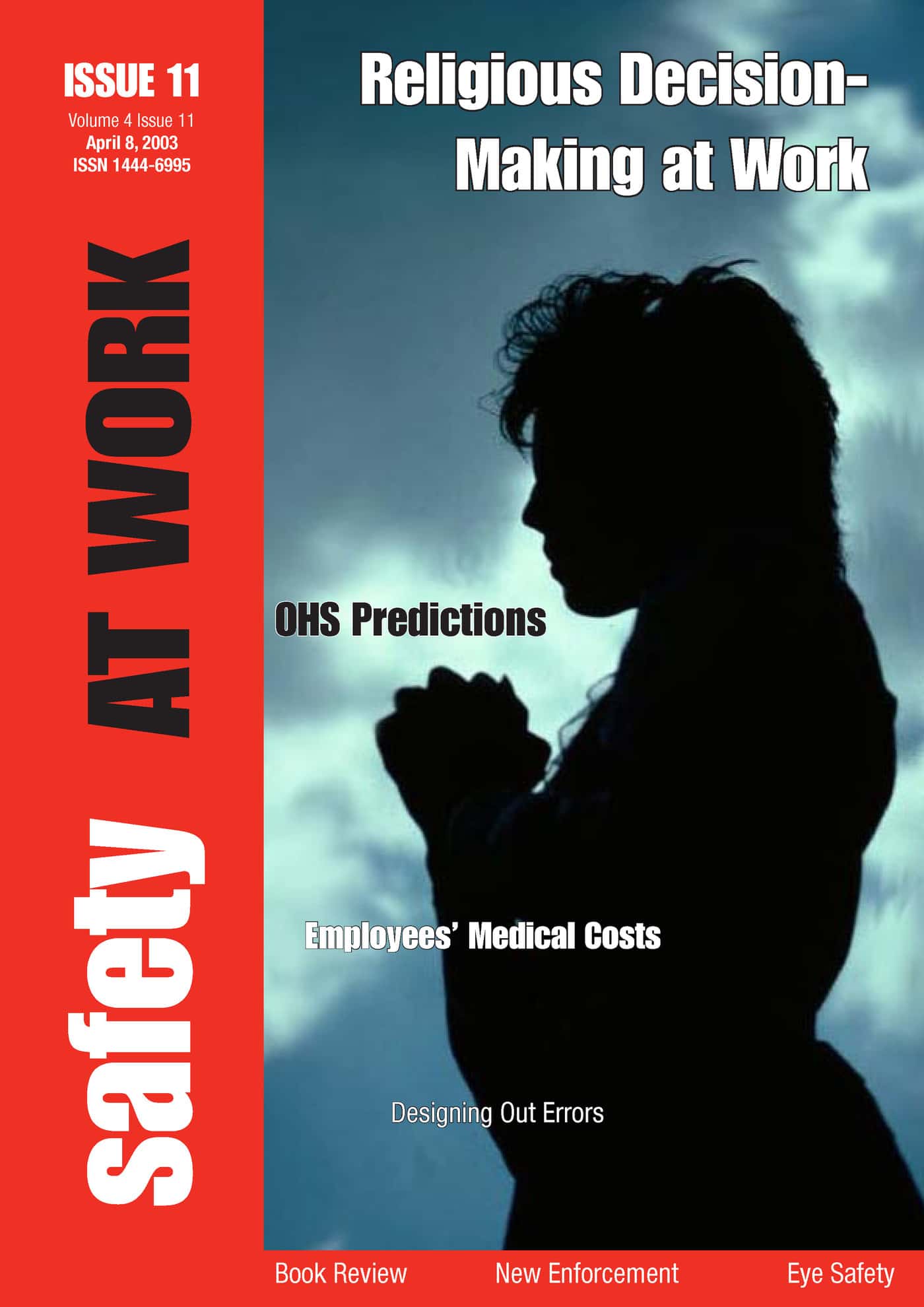The scuttlebutt in some Australian OHS circles is that Australia’s Comcare agency will be given a major upgrade through the National OHS Review recommendations that is nearing completion.
Although the Minister for Workplace Relations, Julia Gillard, did not name the new agency that she intends to introduce through the Coalition of Australian Governments process, SafetyAtWorkBlog believes that Comcare will be upgraded to a fully functional national OHS authority.
Coincidentally, Comcare has begun promoting a series of national seminars for the month of March 2009. According to the promotional blurb:
“During the seminar, participants will engage in workshops and listen to presentations from speakers from across the Comcare scheme as well as Comcare’s OHS Compliance Assistance and Prevention & Injury Management Services teams.”
If Comcare’s new status is announced prior to the seminars, I would suggest the seminars will be sold-out quickly.


